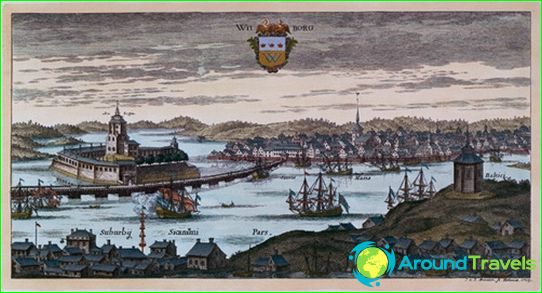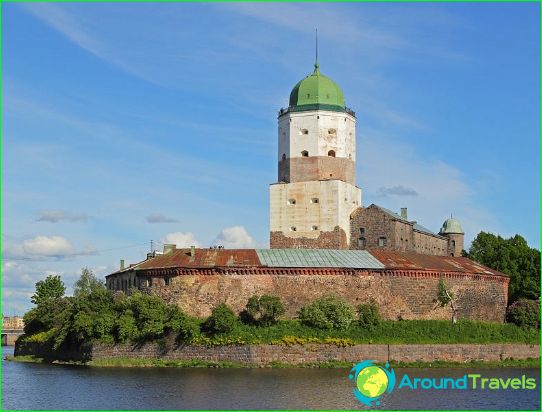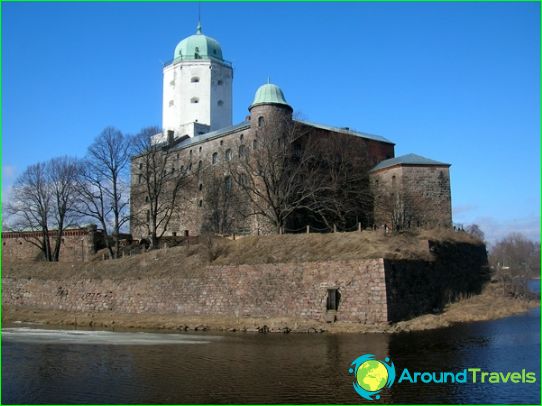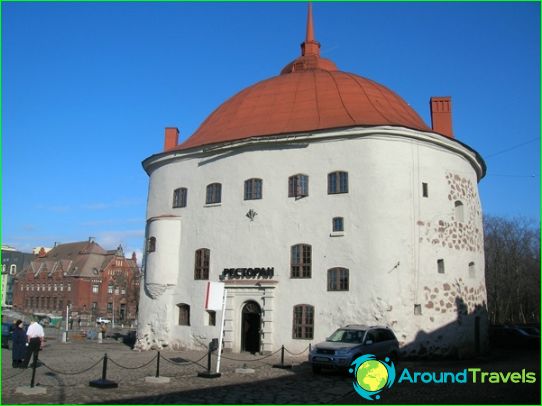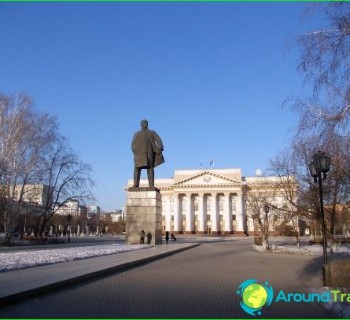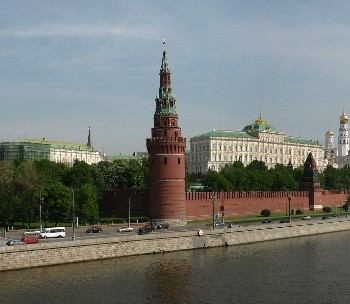The history of Vyborg
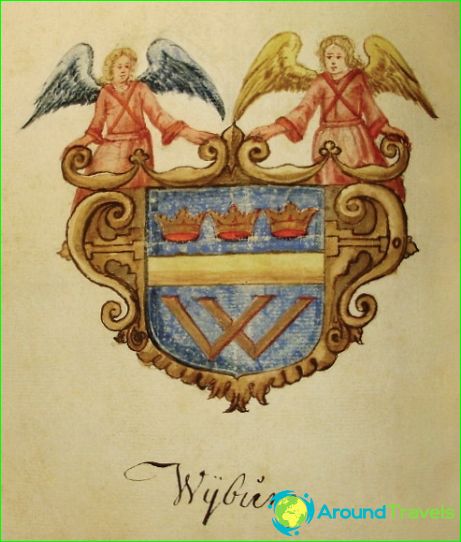
Coat of arms of Vyborg
Vyborg is the oldest city in the Leningrad Region. Some historical sources tell about the Korela tribe living in the Vyborg region, the ancestors of modern Karelians. These tribes, together with the Novgorodians, traded with Hanseatic merchants. Excavations carried out first by Finnish and then Russian archaeologists allow us to conclude that already in the 11th-12th centuries, warehouses of goods and a small prison were located on Zamkovy (formerly Volovy) Island to protect these warehouses. The location of this fort was very advantageous, as it controlled the path from the Gulf of Finland to the Vuoksa River and further to Ladoga, and from there to the famous route «from the Varangians to the Greeks».
In 1293, by the decision of the regent of the Swedish king, a castle called Vyborg was founded on the island, which became a reliable outpost for the further expansion of the Swedes to the Karelian Isthmus. In 1403, Vyborg received the status of a city, in this regard, it quickly became a major trade center, trade ties with the Hanseatic League were strengthened. In 1470, the city that grew on the peninsula was surrounded by a stone fortress wall with towers, bastions and a moat filled with water..
In 1525, the German count von Goya married the sister of the Swedish king Gustav Vasa and received the city of Vyborg as a dowry. Wealthy settlers from the Hanseatic cities appear in the city: Lübeck, Bremen, Hamburg, etc. In the 16th century, the Horned Fortress and other buildings were added to the old city, which almost doubled the city's territory. In the 17th century, the city, built up mainly with wooden buildings, was badly damaged by fires. In 1639, by order of the Swedish government, engineer A. Torstenson develops a new city plan with a rectangular grid of streets.
During the Northern War, Vyborg was Sweden's main outpost on the Karelian Isthmus. Several attempts by Peter I to capture this fortified city ended in failure. Only in 1710 the city was taken, and in 1721, according to the Nishtadt Peace Treaty, Vyborg officially became part of the Russian Empire. Residents of the new province were allowed to keep Swedish laws, which meant that serfdom did not apply to the inhabitants of the area. In addition, the Lutheran faith was allowed.
In 1731, it became necessary to build new fortifications from the west. These fortifications are built according to the latest technology and receive the name of St. Anne - Annenskie Heights. Sweden has repeatedly tried to return Vyborg. During the Russian-Swedish war of 1788-1790. major naval battles took place, but the war ended with a peace treaty, under which Finland became part of the Russian Empire as a Grand Duchy.
After the uprising of the Decembrists in St. Petersburg in 1825, several hundred of its participants became prisoners of the Vyborg Castle, mainly the lower ranks.
Finland's independence was proclaimed after the October Revolution, on December 31, 1917. In Finland at that time, Vyborg retained its position as the country's second city. But already in 1939 the Soviet Union attacked Finland and the Soviet-Finnish war began. In February 1940, the Mannerheim Line (the main defensive fortifications) was broken, and on March 13, hostilities were terminated in accordance with the agreement signed in Moscow. Under this agreement, most of the Vyborg province, including Vyborg and the entire Karelian Isthmus, went to the USSR.
In the summer of 1941, the war came to Vyborg again. On August 21, 1941, Red Army units left the city. The Finnish population began to return to the city. But in June 1944, units of the Soviet army entered Vyborg again. The war caused enormous damage to the city; factories and factories, hospitals and more than 500 residential buildings were destroyed. But at the end of the 50-60s, new enterprises were opened, the population increased, architectural monuments were restored, and a museum of local lore was opened..
In 2008, according to the results of the All-Russian competition "The Most Comfortable City of Russia", Vyborg ranks second among cities with a population of up to 100 thousand inhabitants.
Photos of Vyborg
-
Coat of arms of Vyborg
-
Vyborg in 1709
-
Vyborg castle
-
Vyborg castle
-
Round Tower
-
Vyborg Old Town Hall
